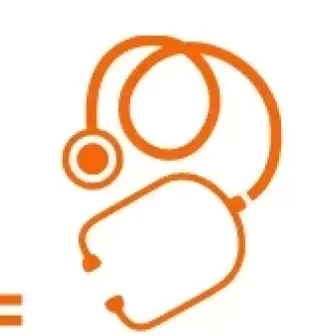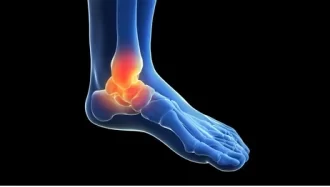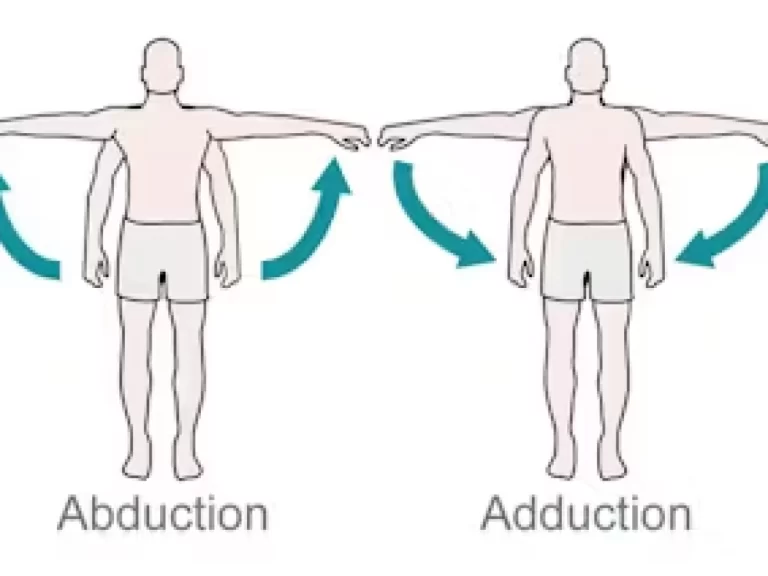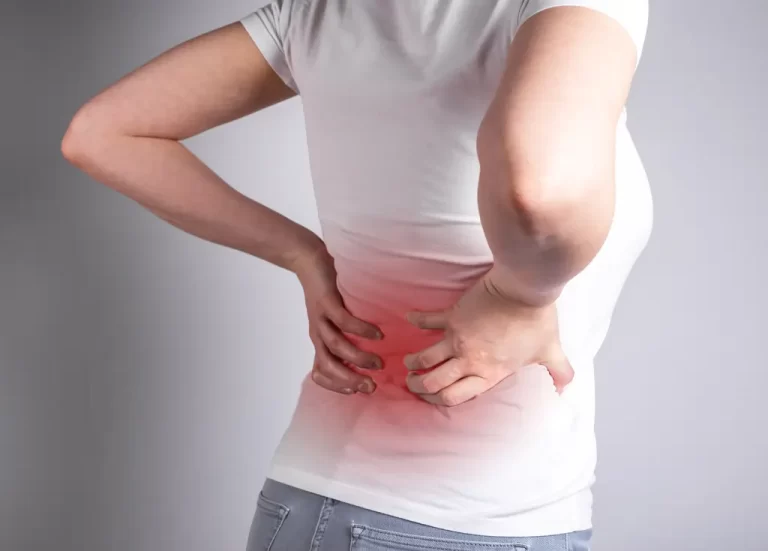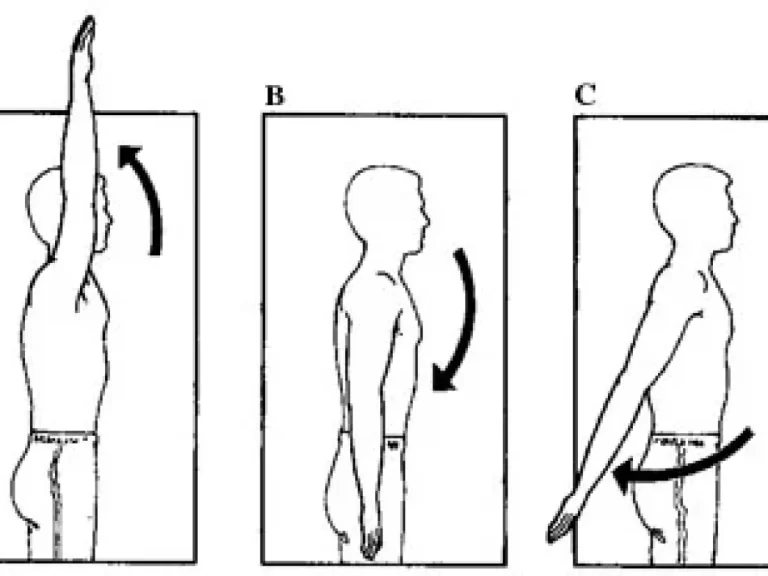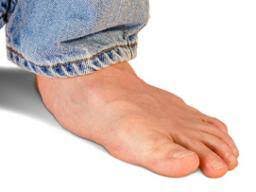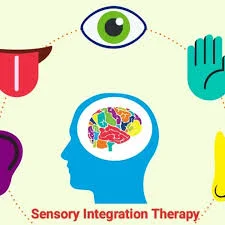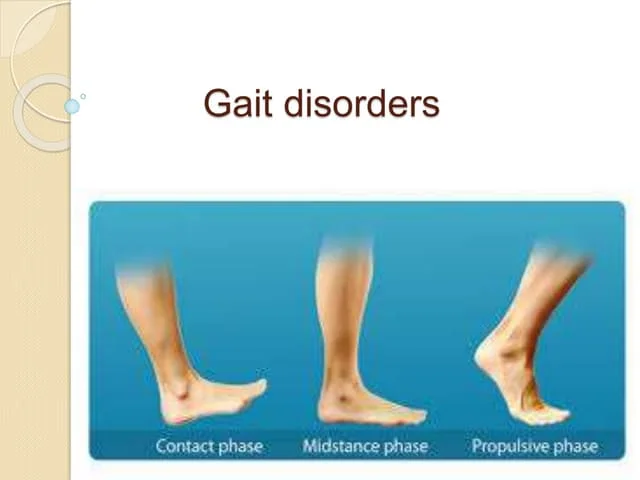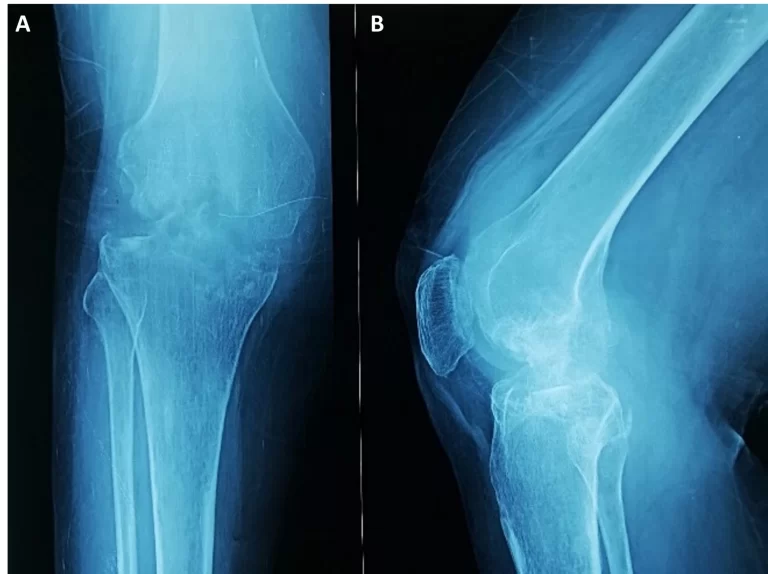Ankle Joint Stiffness
What is an Ankle Joint Stiffness? Ankle joint stiffness is a common condition affecting the range of motion and flexibility of the ankle, leading to discomfort, limited mobility, and sometimes pain during daily activities. Often caused by injury, inflammation, prolonged immobility, or underlying joint disorders, stiffness in the ankle can affect balance and movement patterns,…
